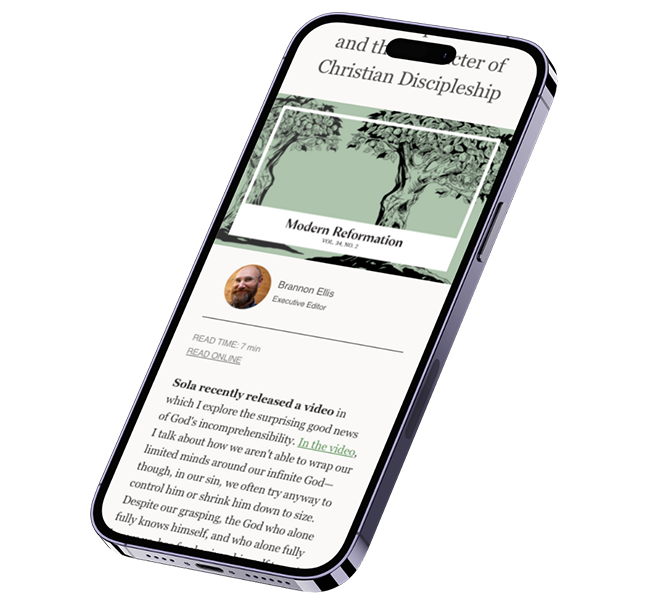Should a hermeneutical approach in a Western (or other) context be transferred to an African audience without taking the differences in context into account? Or is there room for philosophies and methods of interpretation to be contextualized to meet the needs represented in that part of the world? Given the specific needs on the continent—needs that relate to social, economic, political, and theological aspects—a hermeneutical approach from Africa should raise some questions that a hermeneutic from a different community would not. This implies that an African hermeneutic will have some distinctives from its Western counterpart.
In what follows, I will develop what I’ll call the “Four-Legged Stool Model” for hermeneutics, in which some of those African distinctives come to the foreground.
***
The Four-Legged Stool Model
In recent times, African scholars have promoted inculturation readings of the text. Van der Watt summarizes this general method as follows:
It is a hermeneutical program of reading the text, since explicatio and applicatio tend to overlap. It is acknowledged that the reader is emerged in a particular culture . . . has certain views of reality . . . experiences reality in certain ways . . . and brings all this subjective complexity by way of synthesis to the reading process. A process of “reading with” is preferred to a “reading from above.” . . . It is therefore not a matter of understanding the text primarily within its original context, but understanding the text within the present context of the readers within their reading processes—the text must address the reader.[1]
These inculturation readings (which I refer to as intercultural hermeneutics)—particularly those by Justin S. Ukpong, Ukachukwu Chris Manus, Jean-Claude Loba-Mkole, and Cornel West—provide a foundation for the method used in this paper, the Four-Legged Stool Model.
This model fills two gaps. First, it recognizes that the contexts of author, text, and reader cannot be collapsed, as so often happens in intercultural hermeneutics. All three stand in a context that must be interrogated. The two horizons of meaning and significance must be kept distinct.
Second, like the intercultural approaches cited above, it recognizes that African culture (material and nonmaterial) is a significant tool for the interpretive process. This includes the techniques that enable us to interpret the various genres of African literature (oral as well as postcolonial). However, this model goes further by considering the worldviews represented by readers. These are valid and form an essential interpretive bridge. This model uses readers’ contexts as a starting point, thereby moving them from the known to the unknown.
This model has five steps: while these steps are distinct for analytical purposes, there is an understood overlap between them; each step must necessarily enhance the others until it achieves a greater precision in meaning and understanding, much like the so-called hermeneutical spiral in Western hermeneutics.[2]
Leg 1: Parallels to the African Context (Traditional as Well as Modern)
This first leg primarily involves identifying parallels between the biblical text and our theological and cultural contexts. It is a bridge between the two contexts that allows us to do two things. First, it enables the listener to begin to understand the biblical text from a familiar position. These “shared mutual interests,” as Ukachukwu calls them, orient the listener as to how to hear and interpret the story and forms the basis on which the narrator earns the right “to be heard.”
Second, it allows us to examine ourselves so that we can correct any faulty assumptions that may hinder the interpretive process. An accurate reading of the text demands that as the listener steps into the text, the text is also being urged to confront the perspective of the listener—an inter-dynamic process that ensures that no faulty assumptions interfere with interpretation. This leg therefore guides us in identifying both points of contact as well as differences with the biblical context.
Leg 2: Theological Context
The second leg is the theological context. Many scholars have noted that Africans tend to be very “religious,” even in modern/postmodern Africa. More specifically, the spiritual dimension of life is always a factor in Africans’ interaction with the realities around them. This implies that in Africa biblical hermeneutics is inseparable from theological reflection, as the emphasis is generally to address contextual realities within our culture.[3] Because of this orientation to life, an understanding of the theological emphases of the text therefore provides the foundational data for readers, orienting their approach to the interpretation of the text.
At the same time, this inseparability lends itself to the fusion of the two horizons, meaning that some tentative points of application will already begin to present themselves at this stage. Since this model recognizes a distinct separation in the two horizons, application at this point can only be tentative.
Leg 3: Literary Context
The third leg is the literary context. Here one identifies the genre, literary techniques, language used, and the progression of the text as it unfolds, as well as its relation to surrounding texts. Much of the Bible is narrative, for example. As such, there are certain additional rules that apply from African literature. The characteristics of African stories provide us with an interpretive “key.” African stories exist in two distinct but interconnected “worlds.”[4]
The first is the world of the agents of communication, which has two main features: the narrator and the listener. The integrity, authority, and intention of the narrator are crucial. In African storytelling, narratorial intent and determinacy of meaning is taken for granted. The second feature relates to the listener. The listeners—whether children, youth, or adults—play an essential role.[5] Listening in Africa is therefore not a passive affair. It is holistic or active and involves community listening, visualization, enthusiastic responses, and so forth.
The second is the world of the story, which is concerned with what happens within the story itself. The features that contribute to the world of the story include: plot, which tends to move the story forward in a cyclical linear fashion; setting, which has to do with the temporal, spatial, and worldview contexts; literary devices such as repetition, figurative language, symbolism, etc.; interplay of narration and dialogue; narratorial comments; narrative time; characterization; a nondirect approach (i.e., no clear identification of the “moral” of the story by Western standards); and vividness.
In interpreting stories, then, one must understand how these two “worlds” function and interact to communicate the artistry and meaning of the story. Both “worlds” help to move the story forward to its conclusion.
Leg 4: Historical and Cultural Context
The final leg is the historical and cultural context. In addition to theological and literary concerns, Africans try to make sense of our lives in relation to the historical and cultural contexts in which events occur. African literature is no different. It is informed and shaped by sociocultural, political, and economic conditions within the continent. Thus any interpretation must consider these crucial factors. This means that behind-the-text issues provide crucial data in the interpretive process. If authorial intent and determinacy of meaning is to be taken seriously, then we must “enter into” the author’s world and allow this world to provide the parameters that guide our understanding.
While some aspects of this context will already have been uncovered in the previous legs, it is here that a more in-depth analysis is carried out. This not only confirms the preliminary conclusions surrounding this context, but it also provides more depth so that we can arrive at the most probable meaning of the text.
The Seat
Finally, we have the seat. These four legs together reveal the probable meaning as intended for the original listeners. The seat is where we derive significance. The important feature of meaning, as distinct from significance, is that meaning is the determinate representation of a text for an interpreter. One implication of this is that the listener cannot thrust personal assumptions on the story or adjust the meaning to one’s own context in a postmodernist kind of way. Even though we, the listeners, become part of the story, we do not make the story “in our image” but allow it to guide us to its true shape and form. Significance, on the other hand, is the application to the context of the listener expressed in terms that we understand in our own African society. This last step is therefore only a confirmation of the tentative application of the text as uncovered in the legs above.
Application is two pronged. Culture-bound truths are relative and directly applicable only in the specific biblical context. Transcontextual truths, on the other hand, are absolute and apply to any culture at any time in history. In application of culture-bound truths, one should look for a general principle that communicates the essence of that specific truth. Application of transcontextual truths is more involving. When transcontextual truths are expressed as a principle, they may be applied directly. However, application of transcontextual truths may be more complicated when they are not expressed as principles. One must account for the listener’s engagement with both worlds. Therefore, these transcontextual truths must be deculturized from the biblical cultural forms and then reculturized into specific African cultural forms to fit African society.[6]
Elizabeth Mburu (PhD) is the regional coordinator of Langham Literature in Africa and the current chair of the Africa Society for Evangelical Theology. She serves as the New Testament theological editor and the coordinator for the Africa Bible Commentary Revision Project. Mburu is an associate professor at Pan Africa Christian University and author of Qumran and the Origins of Johannine Language and Symbolism and African Hermeneutics. She is from Kenya.
2. Grant Osborne, The Hermeneutical Spiral: A Comprehensive Introduction to Biblical Interpretation (Downers Grove, IL: InterVarsity Press, 2010), 22–23.
3. Gerald West, “African Biblical Hermeneutics and Bible Translation,” Interacting with Scriptures in Africa, ed. Jean-Claude Loba-Mkole and Ernst R. Wendland (Nairobi: Acton, 2005), 4.
4. This might be compared to external and internal elements in Western literature. See David Howard Jr., An Introduction to the Old Testament Historical Books (Chicago: Moody, 1993), 49–55.
5. Naomi Kipury, Oral Literature of the Maasai (Nairobi: East African Educational, 1983), 10.
6. Adapted with some changes from Seto’s model on contextualizing in the Asian society. See Wing Luk Seto, “An Asian Looks at Contextualization and Developing Ethnotheologies,” Evangelical Missions Quarterly 23 (April 1987): 138.





